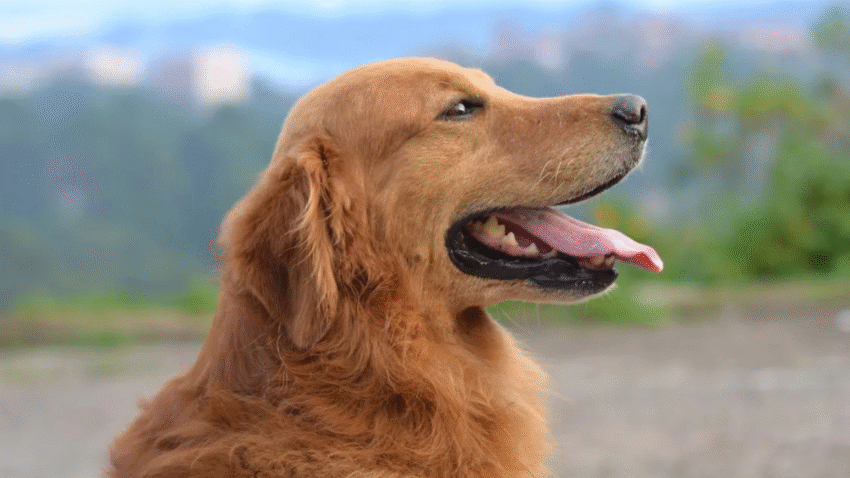Introduction
Is bath time a stressful event for you and your puppy? You’re not alone—many puppies fear their first few baths. The good news is, you can turn this experience into a positive one with a calm, gentle approach. In this guide, you’ll learn how to give your puppy a bath without fear using stress-free techniques that build trust and make grooming enjoyable for both of you.
Why Fear-Free Bathing Matters for Puppies
Puppies are in a critical stage of learning about the world. A negative experience with water can make them fearful of baths, grooming, or even vet visits. On the flip side, early positive exposure builds confidence, cooperation, and a lifetime of easier care.
Fear-free bathing helps:
- Build trust and reduce anxiety
- Prevent future grooming resistance
- Keep your puppy clean and healthy
- Create a strong, positive bond
Starting slow and keeping bath time positive makes all the difference.
Step-by-Step Guide to Giving a Calm, Comfortable Bath
Step 1: Gather Everything You Need First
- Puppy-safe shampoo and conditioner
- Non-slip mat for the tub or sink
- Washcloth for the face
- Cup or sprayer for rinsing
- Soft towels
- Treats and praise
Set everything up before bringing your puppy into the bath area to avoid leaving them unattended.
Step 2: Choose the Right Bathing Space
- Use a sink or small tub for young puppies—it’s less intimidating.
- The room should be warm and free from loud noises.
- Place a non-slip mat to keep your puppy steady and confident.
Step 3: Start With Gentle Water Introduction
- Use lukewarm water (not hot or cold).
- Let your puppy see and hear the running water while you stay calm.
- Wet just the feet first and reward with praise or treats.
- Gradually work up to the legs and body—save the head for last.
Step 4: Use Puppy Shampoo and Calm Movements
- Apply a small amount of shampoo and gently lather your puppy’s body.
- Avoid the eyes, ears, and nose.
- Use a soft washcloth for cleaning the face.
Step 5: Rinse Thoroughly and Slowly
- Use a cup or sprayer to rinse from neck to tail.
- Make sure all soap is removed to prevent itching or irritation.
- Talk to your puppy calmly throughout the process.
Step 6: Dry With Towels and Cuddles
- Wrap your puppy in a soft towel and pat dry—don’t rub aggressively.
- Avoid loud blow dryers unless your puppy is desensitized.
- End with calm cuddles, treats, and praise.
Common Mistakes to Avoid
- Rushing the Process
- Going too fast can scare your puppy.
- Take your time and stop if they seem overwhelmed.
- Using Harsh Sprayers or Cold Water
- Powerful water pressure and cold temps can create negative associations.
- Use gentle rinsing tools and warm water.
- Bathing When Overexcited or Tired
- Avoid bath time right after intense play or when your puppy is cranky.
- Choose a calm time of day when your puppy is relaxed.
- Skipping the Face and Ears
- These sensitive areas need special care with a damp cloth.
- Never pour water over your puppy’s head.
- Punishing Fearful Behavior
- If your puppy resists or shakes, stay calm.
- Punishment adds stress—use gentle redirection and rewards instead.
Extra Tips & Recommendations
- Practice Dry Baths First: Introduce your puppy to the bath space without water. Offer treats and let them explore.
- Use Calming Scents: Lavender or chamomile sprays (dog-safe only) may help soothe anxious pups.
- Create Positive Associations: Give a treat or toy only during bath time to build a positive connection.
👉 Related Read: [How to groom long-haired dogs at home] (link to previous post)
Conclusion
Bathing your puppy doesn’t have to be a struggle. With a gentle hand, the right setup, and lots of praise, you can create a positive bath-time routine your puppy will actually enjoy. Start slow, be patient, and build trust—your puppy will learn to love the suds and snuggles.
🛁 Clean puppy, calm heart—make bath time a bonding time!
